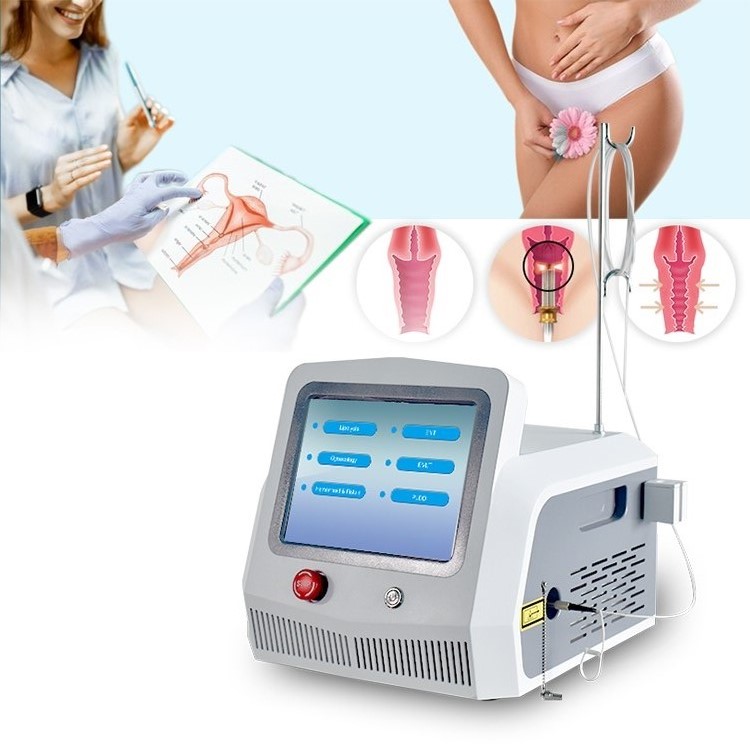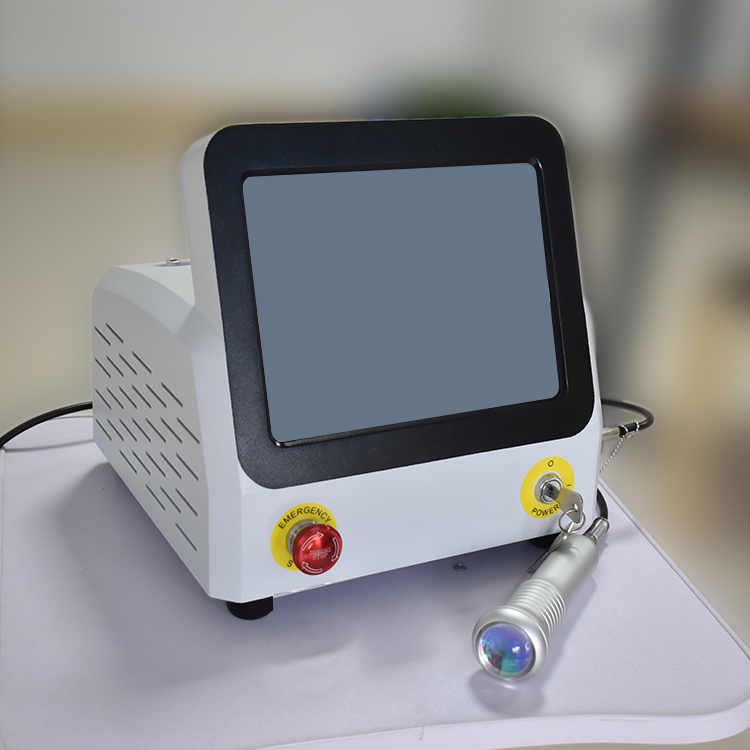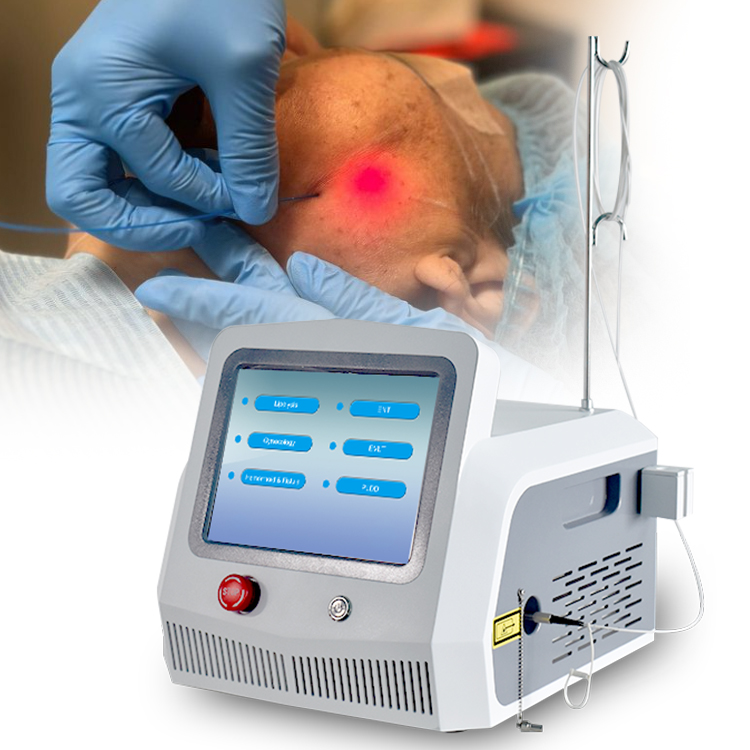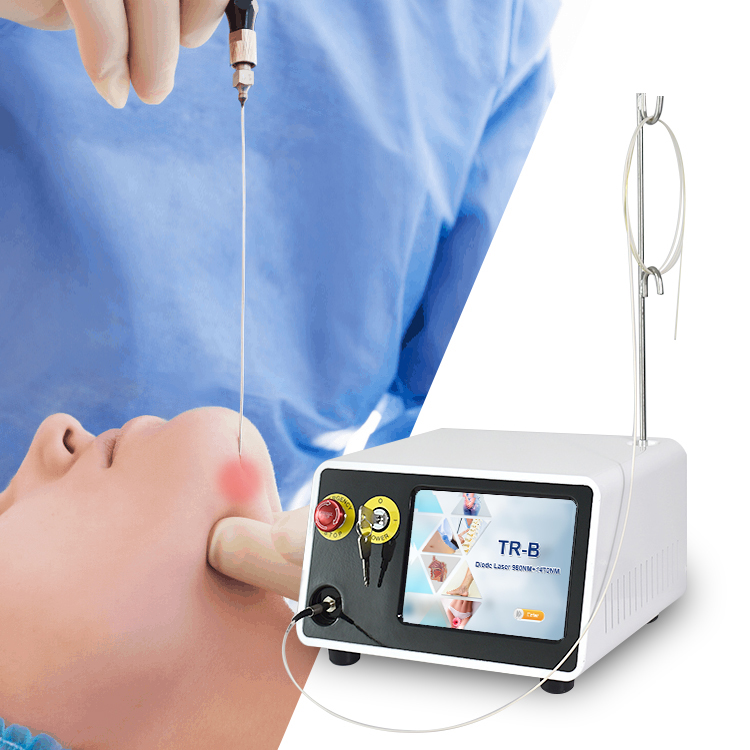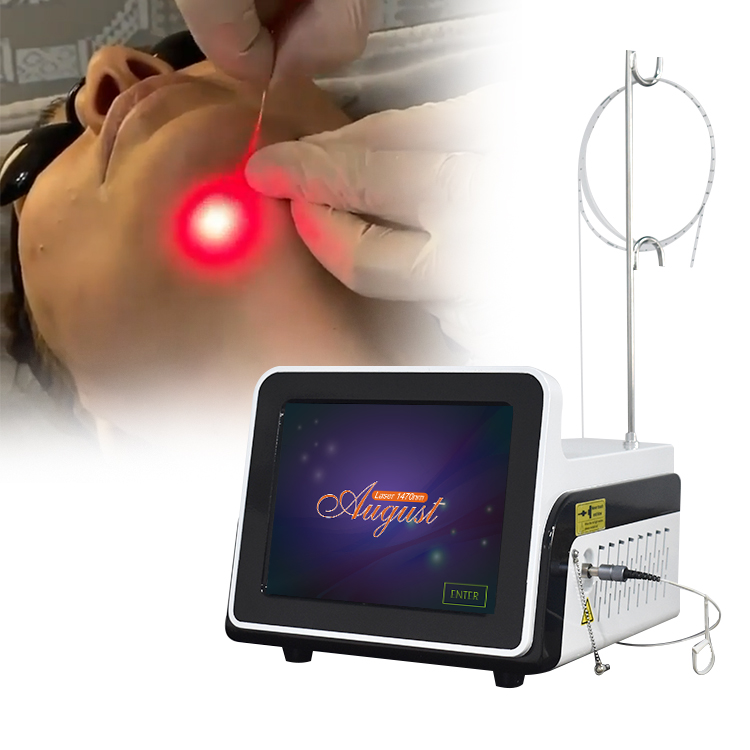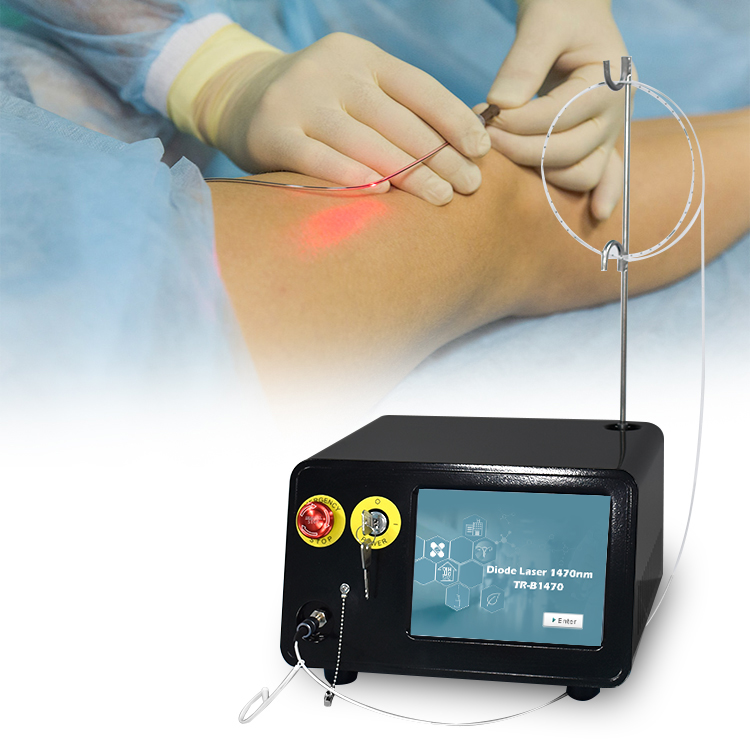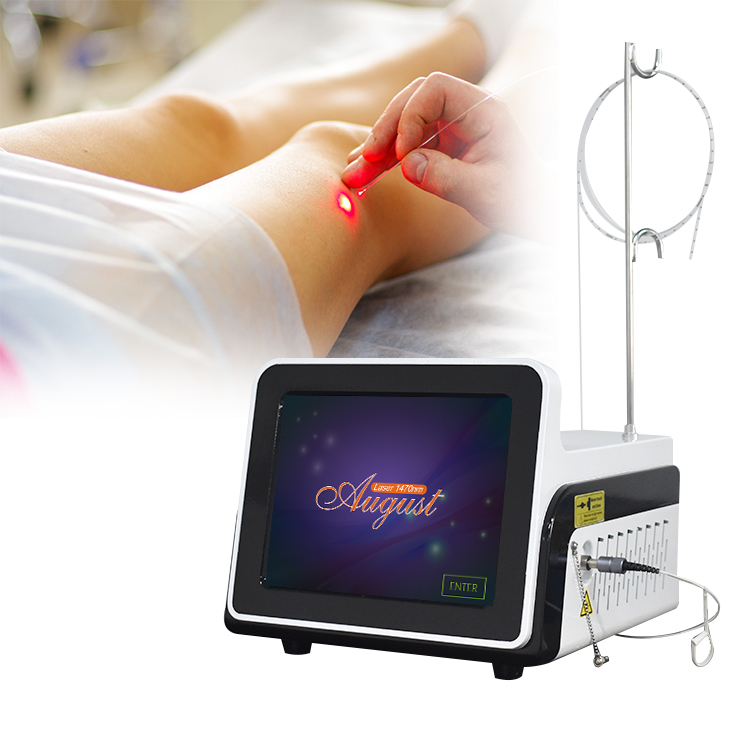980nm 1470nm (PLDD) Percutaneous Laser Disc Decompression
product DESCRIPTION
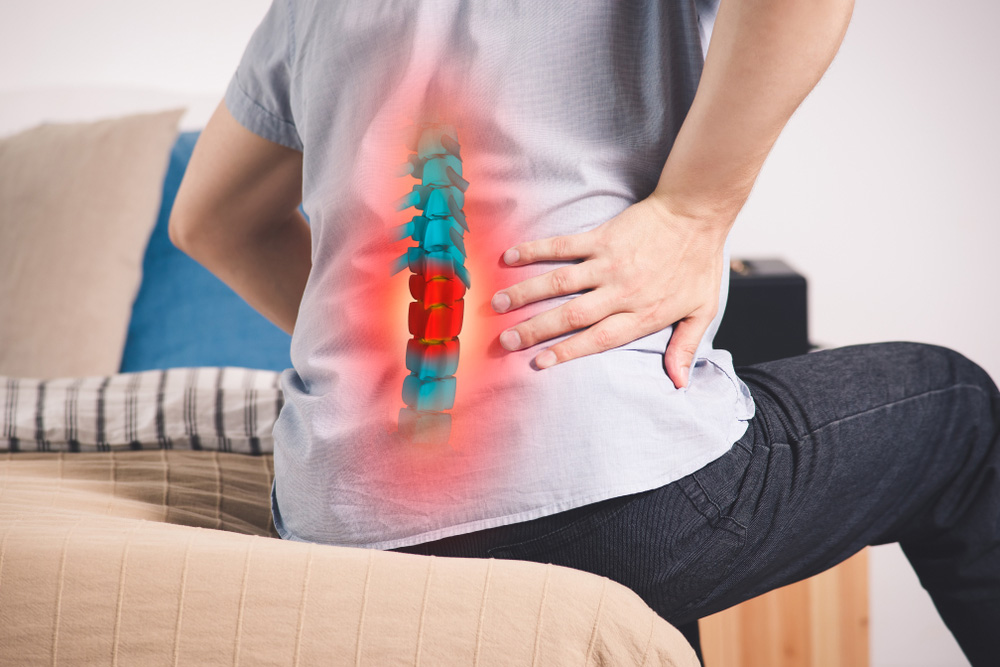
Faulty posture at workand lack of physicalactivity are just two ofthe numerous reasonswhy so many of uswrestle with back pain.
Today, it is postulated that 70% to 85% of the Western world will suffer degenerative back pain during their ifetime. In 10% of cases this pain becomes chronic.
In particular, herniated discs can cause aggravating pain which may even radiate to the patient's extremities.
And in the UK this laser disc surgery is approved by the National Institute for Clinical Excellence (NICE).
Percutaneous laser disc decompression (PLDD) is a procedure in which herniated intervertebral discs are treated by reduction of intradiscal pressure through laser energy. This is introduced by a needle inserted into the nucleus pulposus under local anesthesia and fluoroscopic monitoring. The small volume of nucleus vaporized results in a sharp fall of intradiscal pressure, with consequent migration of the herniation away from the nerve root. It is firstly developed by Dr. Daniel S.J. Choy in 1986.

PLDD has proven to be safe and effective. It is minimally invasive, is
performed in an outpatient setting, requires no general anesthesia,
results in no scarring or spinal instability, reduces rehabilitation
time, is repeatable, and does not preclude open surgery should that
become necessary. It is an ideal choice for patients with poor results
in non-surgical treatment.
laser fibers, which allow for surgical effectiveness, ease of handling, and maximum safety.
The use of flexible tactile laser fibers with core diameters of 360 micron in combination with the microsurgical PLDD enables a very precise and accurate access and intervention to sensitive areas like the cervical and lumbar disc zones on the basis of clinical therapeutic needs.

LASER ADVANTAGES
Benefits of the minimally invasive PLDD procedure
— Local anaesthesia allows the treatment of patients at risk.
— Very short operating time compared with open procedures
— Low rate of complications and postoperative inflammation(No soft tissue injury,No risk of epidural fibrosis or scarring)
— Fine-needle with very small puncture site and therefore no need for sutures
— Immediate significant pain relief and mobilization
— Shortened hospital stay and rehabilitation
— Lower costs
—Safe, visible and immediate results
The use of diode lasers speeds up treatment time and gies better and longer results while minimizing side effects.

How Percutaneous Laser Disc Decompression (PLDD) Works
Laser treatment for lumbar disc herniation has been in practice since the 1980s, so this technique’s track record is very promising. PLDD works by evaporating water in the nucleus pulposus, the inner core of the vertebral disc. This excess fluid presses on the sciatic nerve, causing pain. By removing this fluid, the pressure is lessened on the sciatic nerve, bringing relief.
In this procedure, fluoroscopy is used to identify the herniated disc. A needle is then placed into the intervertebral disc using local anesthesia. The laser fiber is fed through the needle to the affected disc, evaporating the excess fluid. The patient is sent home to recover and is usually back on their feet within just a few short days.
This procedure has been shown to be safe and effective, is performed in an outpatient setting, and results in no scarring or spinal instability. Should future issues arise, the PLDD procedure does not limit the patient’s ability to receive other treatments. It can also be used when other surgical procedures have failed.
Applications
— Intra-discal application on cervical spine, thoracic spine, lumbar spine— Medial branch neurotomy for facet joints
— Lateral branch neurotomy for sacroiliac joints
Indications
— Contained disc herniations with consecutive foraminal stenosis
— Discogenic spinal stenosis
— Discogenic pain syndroms
— Chronic facet and sacroiliac joint syndrom
— Further surgical applications, e.g. tennis elbow, calcaneal spur
300/400/600/800/1000um fiber AvailableAmerican QPC Laser Source with Long lifespanand stable performance.
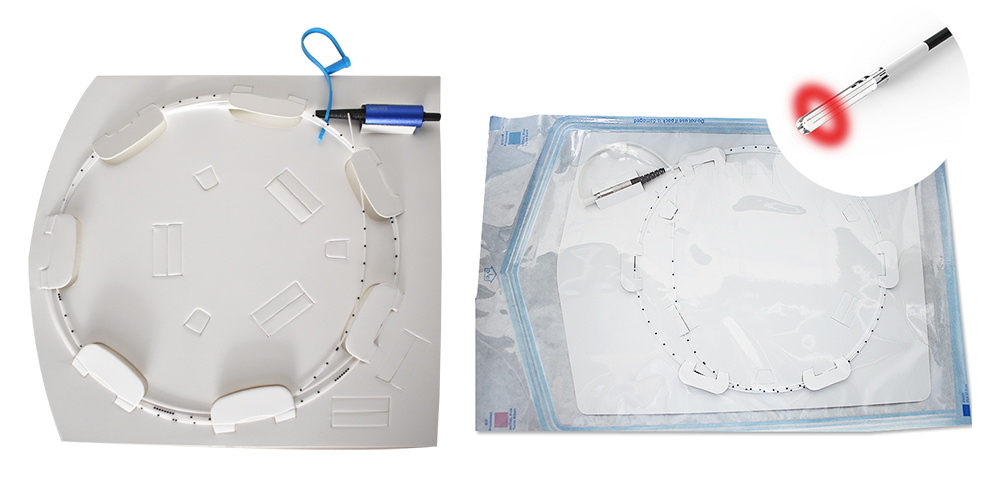
Interface
LASEEV laser has the minimal efficacy dose available by software which allows unexpert user to startwith ease,Screen displays the quantity of delivered energy in Joules,allowing a perfect control of the treatment.
TECHNICAL SPECIFICATIONS
| Laser type | Diode Laser Gallium-Aluminum-Arsenide GaAlAs | |
| Wavelength | 980nm+1470nm,American QPC LASER | |
| Power | 1-30W for 980nm,1-17w for 1470nm | |
| Working Modes | CW, Pulse and Single | |
| Aiming Beam | Adjustable Red indicator light 650nm | |
| Fiber diameter |
|
|
| Package size | 52*47*47cm |
|
| Fiber connector | SMA905 international standard | |
| Pulse | 0.00s-1.00s | |
| Delay | 0.00s-1.00s | |
| Voltage | 100-240V, 50/60HZ | |
| Weight | 8.5KG |
CLINICAL FlACK
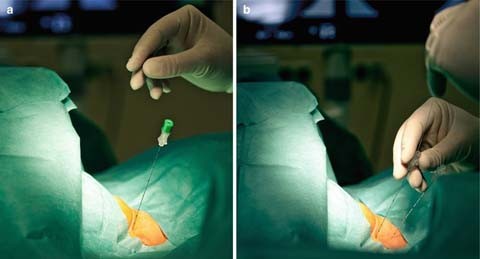
STANDARD ACCESSORIES
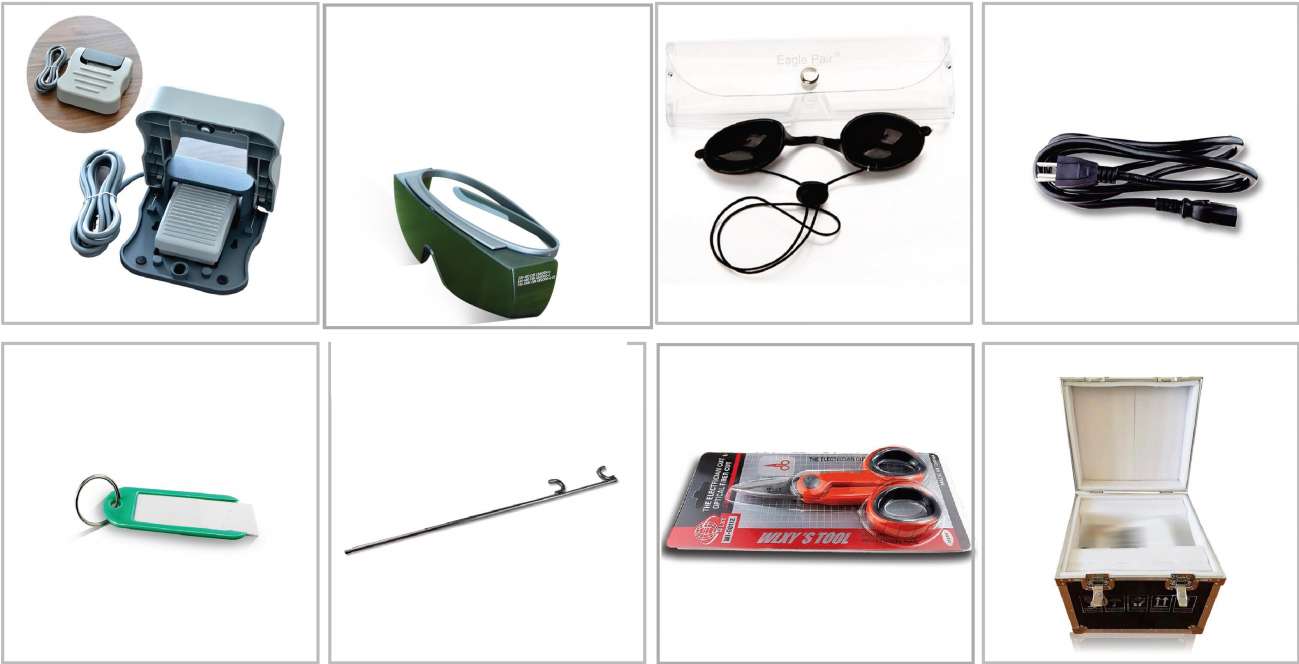


 +8618931273229
+8618931273229 director@tazlaser.com
director@tazlaser.com 0086-18931273229
0086-18931273229

